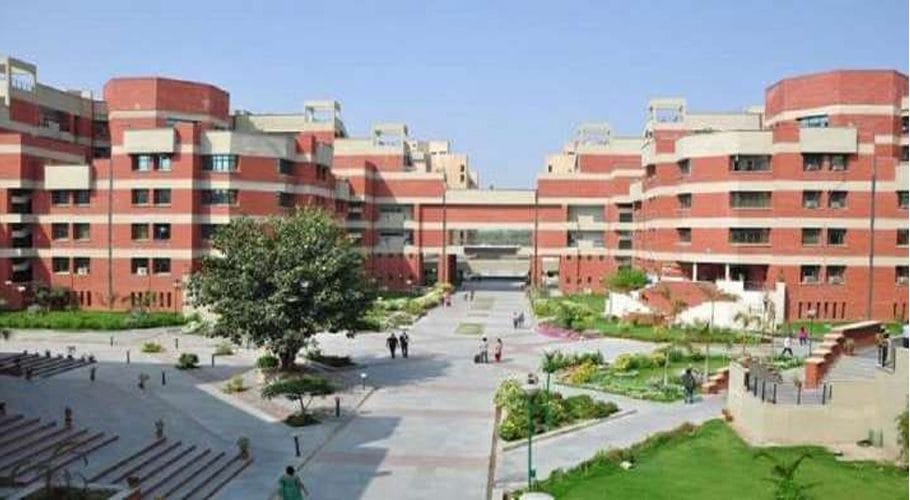A serological survey by the ICMR reveals that 0.73% of the population in 83 districts of the country has evidence of previous exposure to the coronavirus, ICMR releases Sero-survey results, says no community transmission yet but large population at risk of Covid-19.
The Indian Council for Medical Research (ICMR) said that India is not yet in community transmission, but that a large part of the population is in danger, this is why physical distance and other similar measures were to continue.
The ICMR has published the results of a serological survey conducted to establish whether or not there is community transmission in critical districts.
The survey was conducted in the third week of May, which means that the data shows the state of the districts since the last week of April.
According to ICMR chief Bhargav, the population-based survey was conducted in 83 districts, covering around 28,000 households with a sample of around 26,400 (people?). The survey was broad, covering urban-rural clusters, towns, and urban neighborhoods in 15 districts.
The survey results provide a broad indication that can help the state and health agencies develop a strategy to manage the coronavirus pandemic. First, in urban groups, spread is much greater and risk factors are greater in urban and urban slums. Second, infection in containment areas is always high, contributing to more. In rural areas, the spread is less than in urban areas.
What is a serological survey?
Blood samples taken from the general population and analyzed for IgG antibodies (Immunoglobulin G.) If a person is IgG positive, it means that he has been infected with a coronavirus in the past. Sero-surveys could answer these questions:
- What percentage of the general population has been infected by the virus?
- Who are at a higher risk of getting infected?
- What are the areas where containment efforts need to be strengthened?
Key findings of the sero-survey
- 0.73% of the population in these districts have evidence of past exposure to coronavirus.
- Lockdown/containment has been successful in keeping the number of cases low & preventing rapid spread.
- However a large proportion of the population is still susceptible.
- Risk in urban areas and urban slums is 1.09 and 1.89 times higher than rural areas, respectively.
- Infection fatality rate is very low at 0.08%
- Infection in containment zones was found to be high with significant variations (still ongoing).
Takeaways of the survey
- Large proportion of the population is susceptible to the virus and infection can spread,
- Urban slums highly vulnerable to the spread of infection,
- Local lockdown measures need to continue,
- High-risk groups: Elderly, those with chronic morbidities, pregnant women & children below 10 years of age need to be protected,
- Efforts to limit the scale and spread of the disease should continue by the strong implementation of containment strategies by the states,
- The states cannot lower their guard & need to keep on implementing effective surveillance and containment strategies
What is community transmission?
According to the World Health Organisation (WHO), community transmission “is evidenced by the inability to relate confirmed cases through chains of transmission for a large number of cases, or by increasing positive tests through sentinel samples (routine systematic testing of respiratory samples from established laboratories)”.
In other words community transmission is when there is no clear source of infection in a new community. This happens when you can no longer identify who was infected after being exposed to someone who interacted with people from the originally infected communities.
For example, a widespread community in India means that cases occur in people who have had no known contact with other confirmed cases of Covid-19, especially those who came with the infection from foreign countries. Community transmission means that infections within a population are not imported from another area affected by the virus.










More Stories
Orissa High Court Criticizes OPSC for Flawed Evaluation in Judicial Exam
MAH CET Registration 2025: Extended Deadline and Key Details
CUET PG 2025 Registration Extended: Apply Before February 8